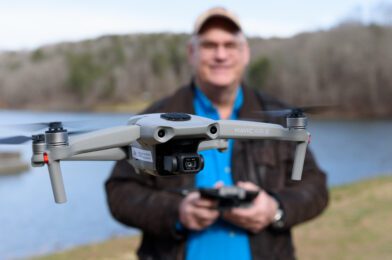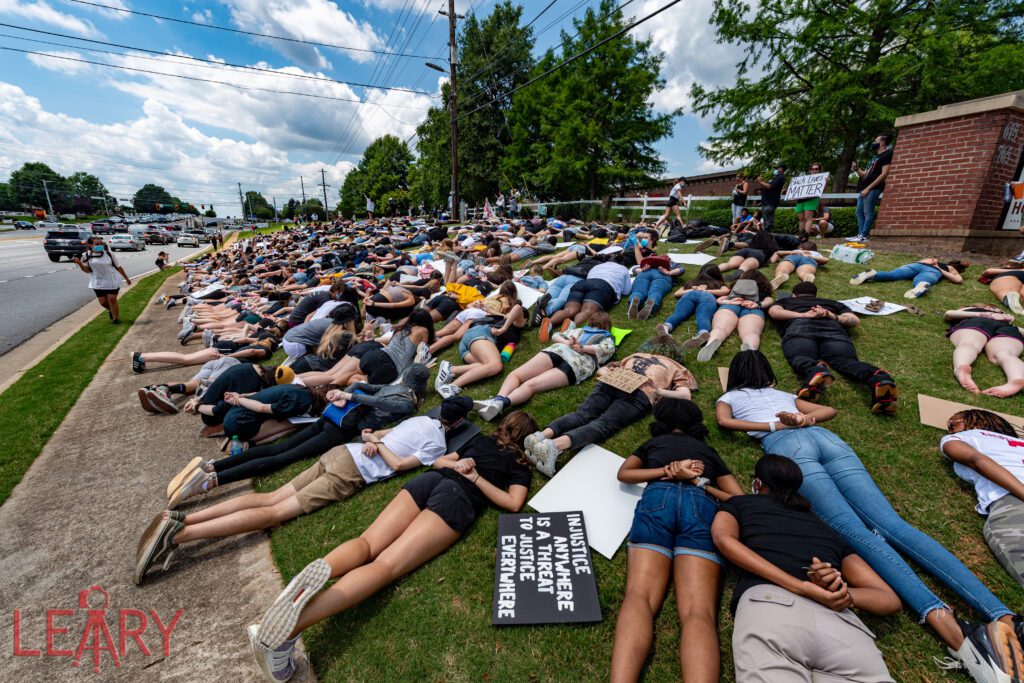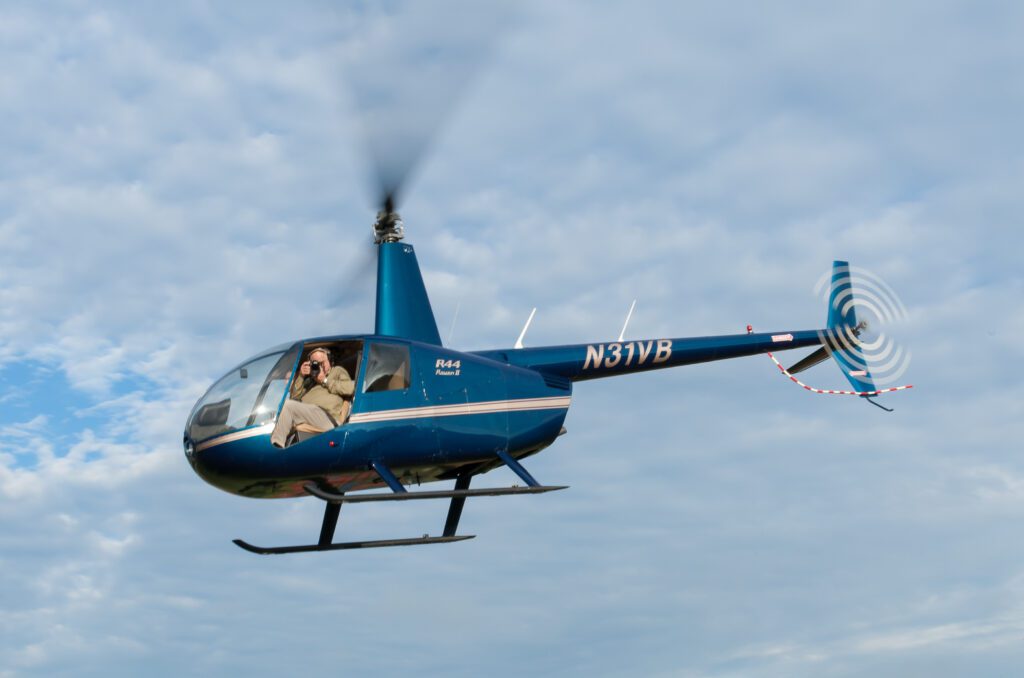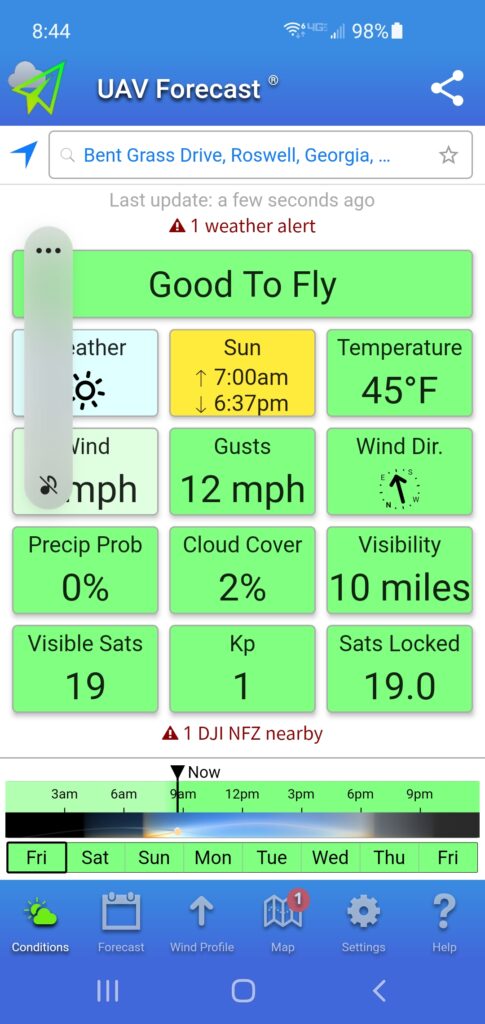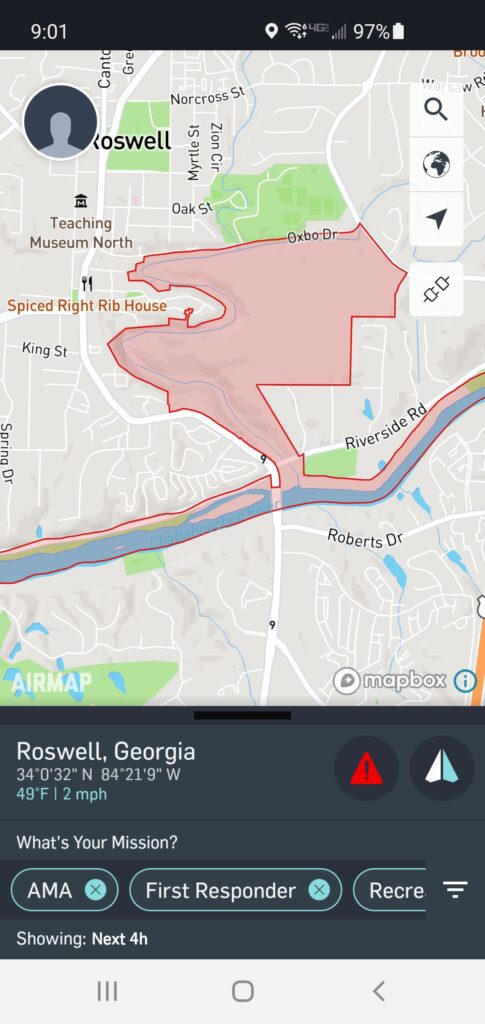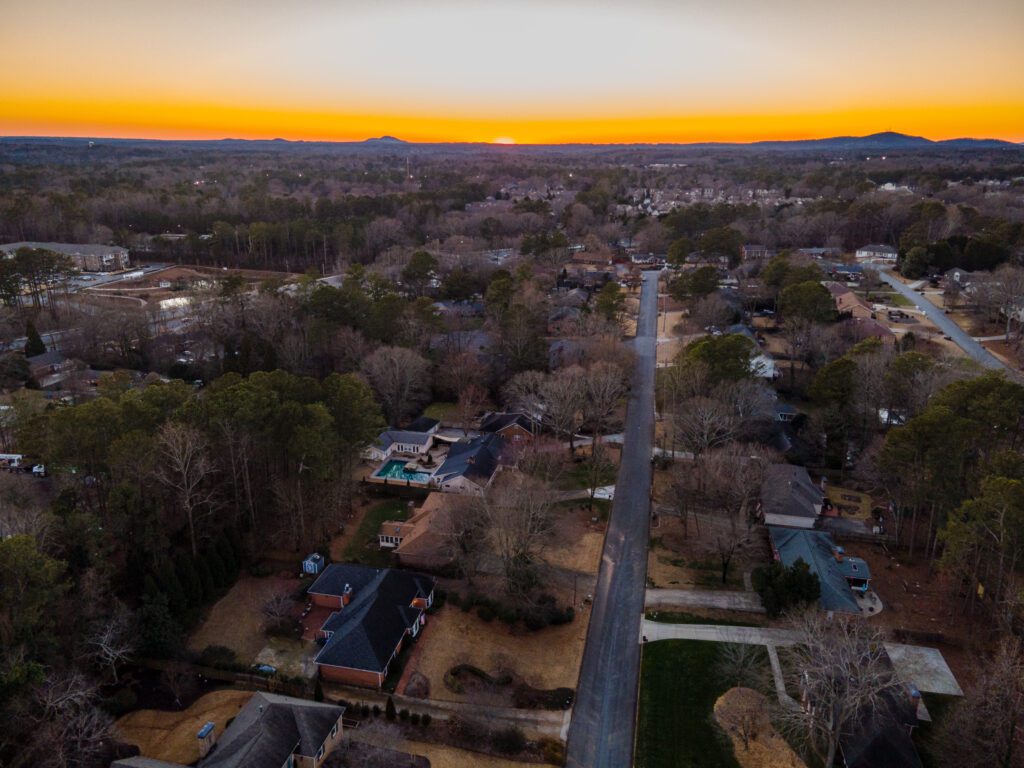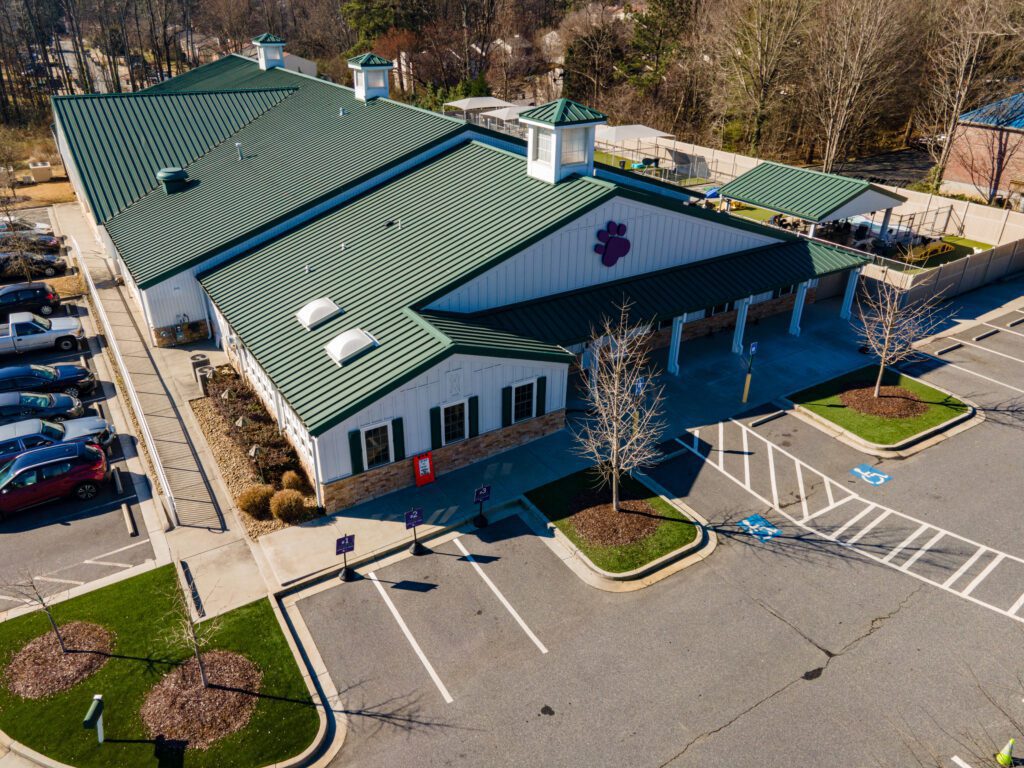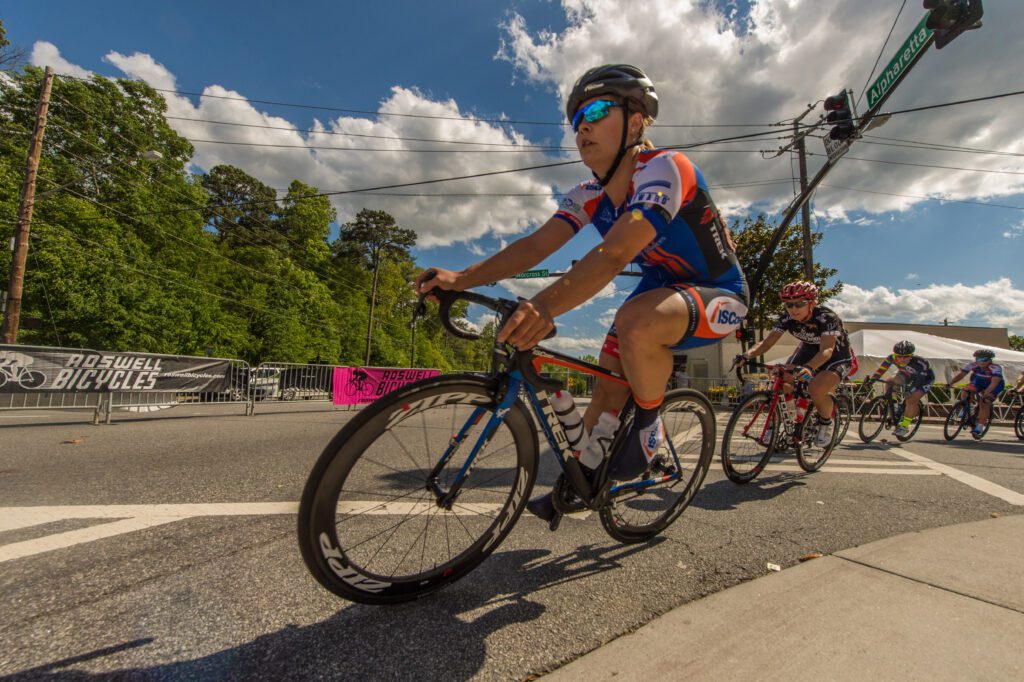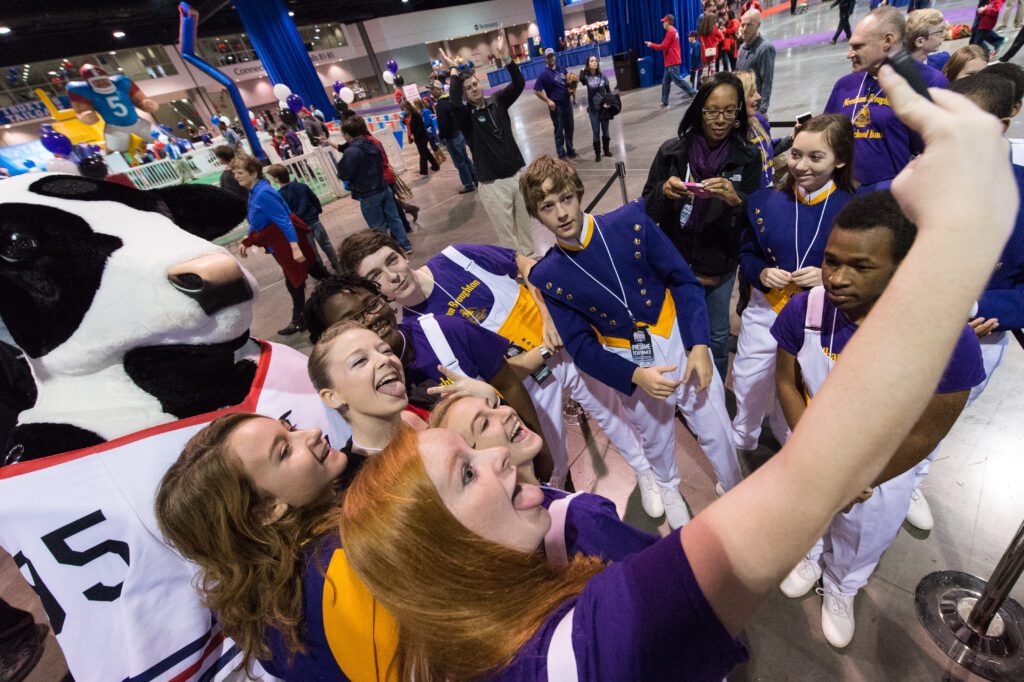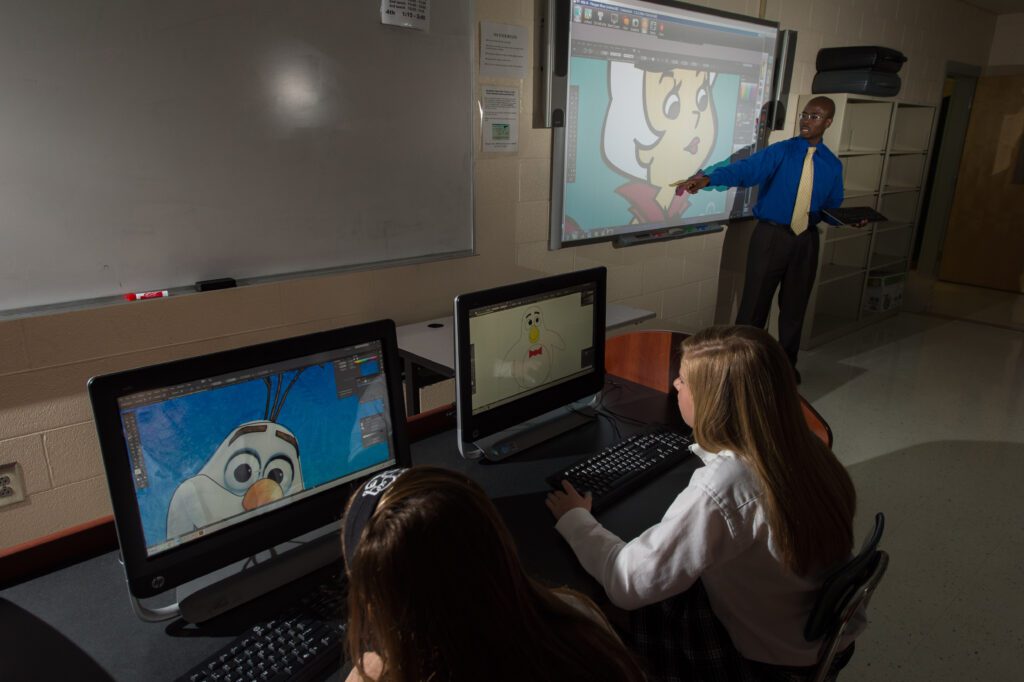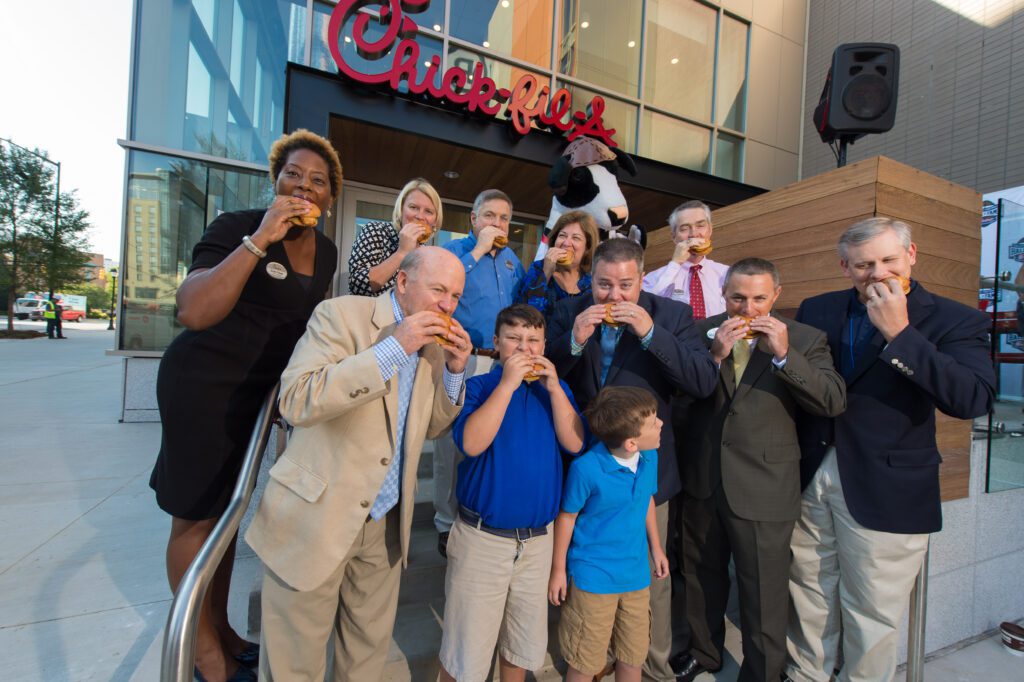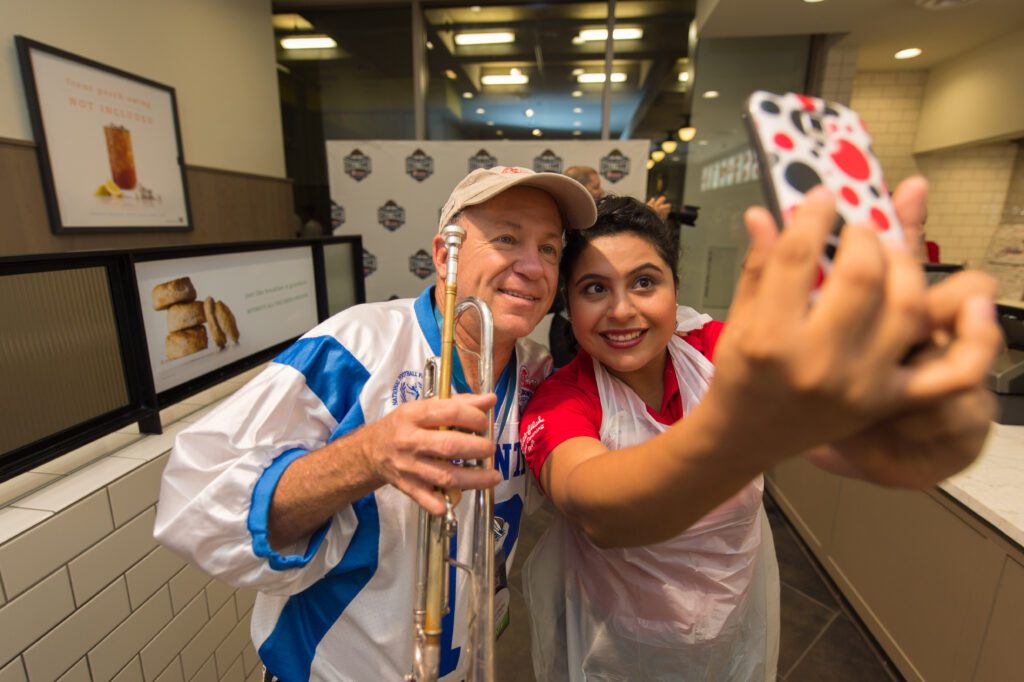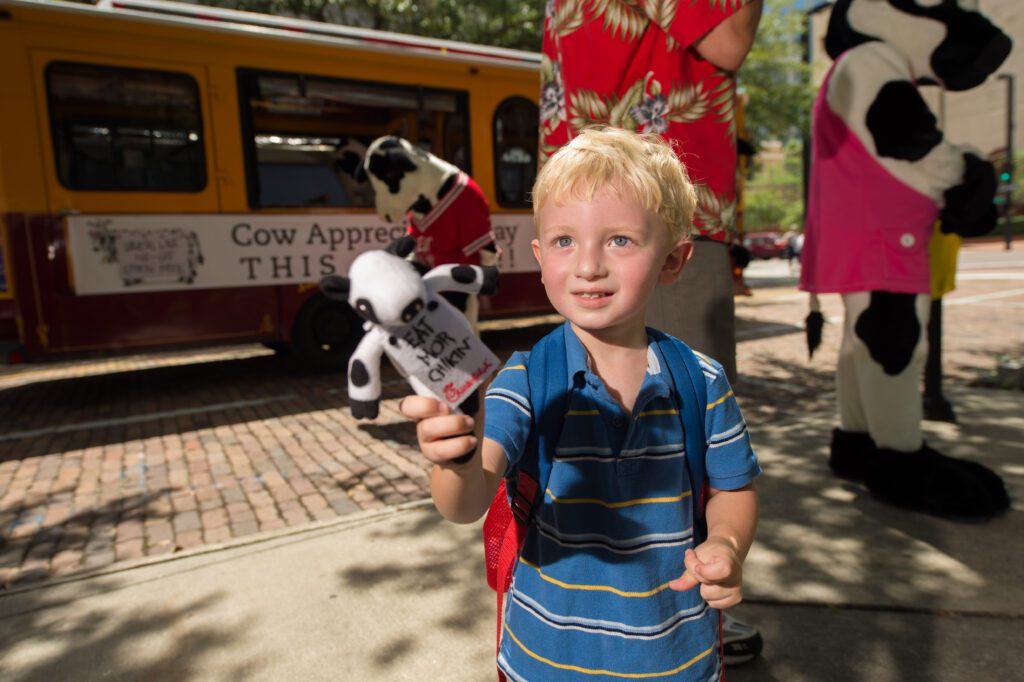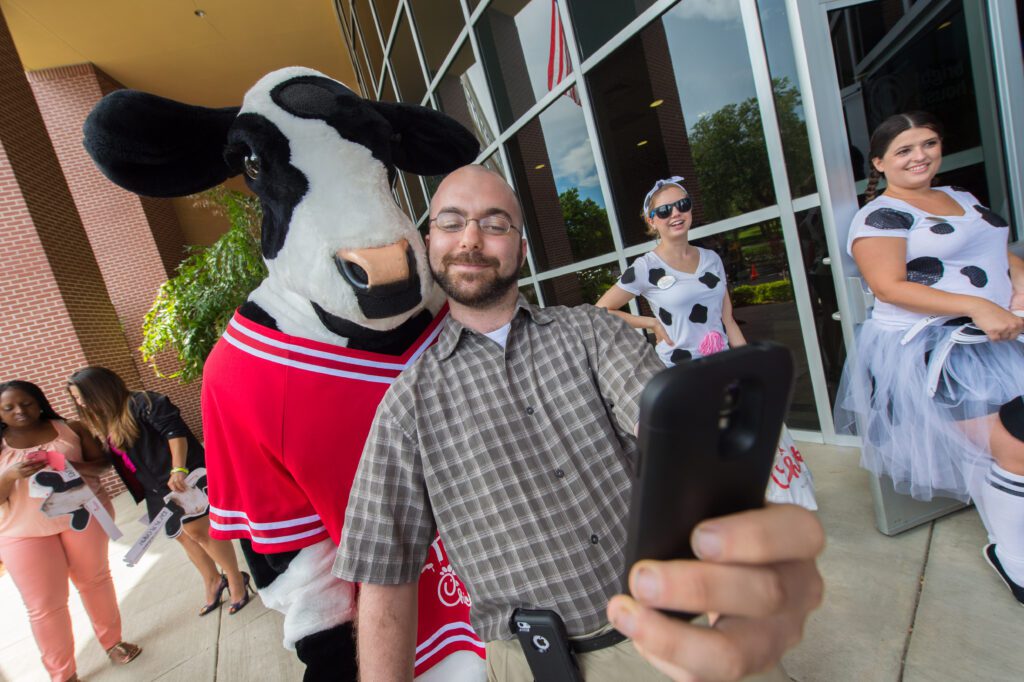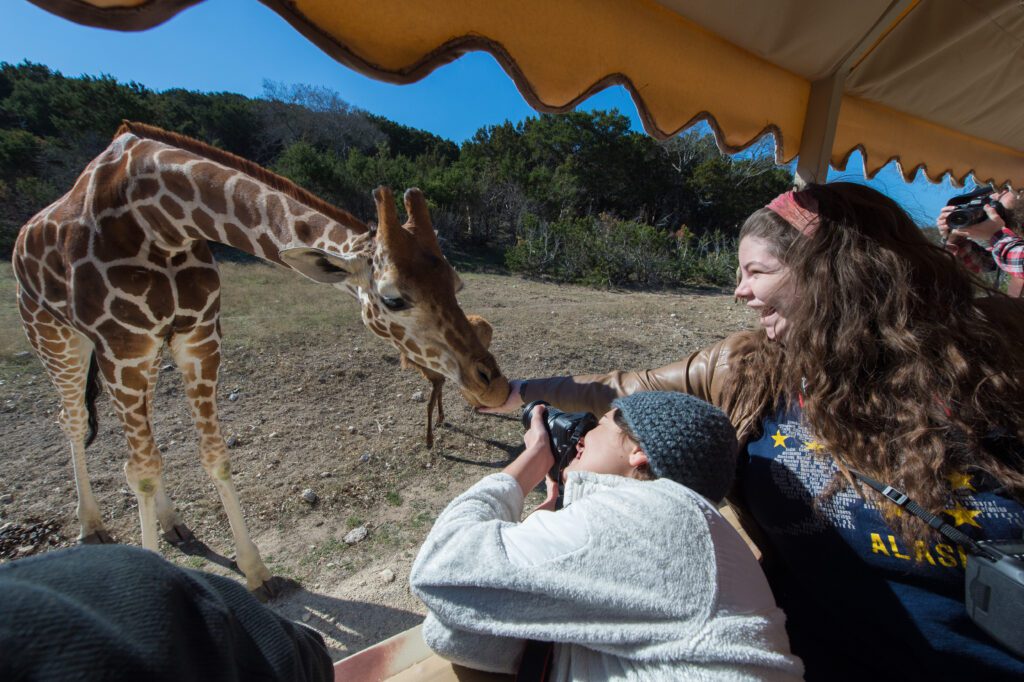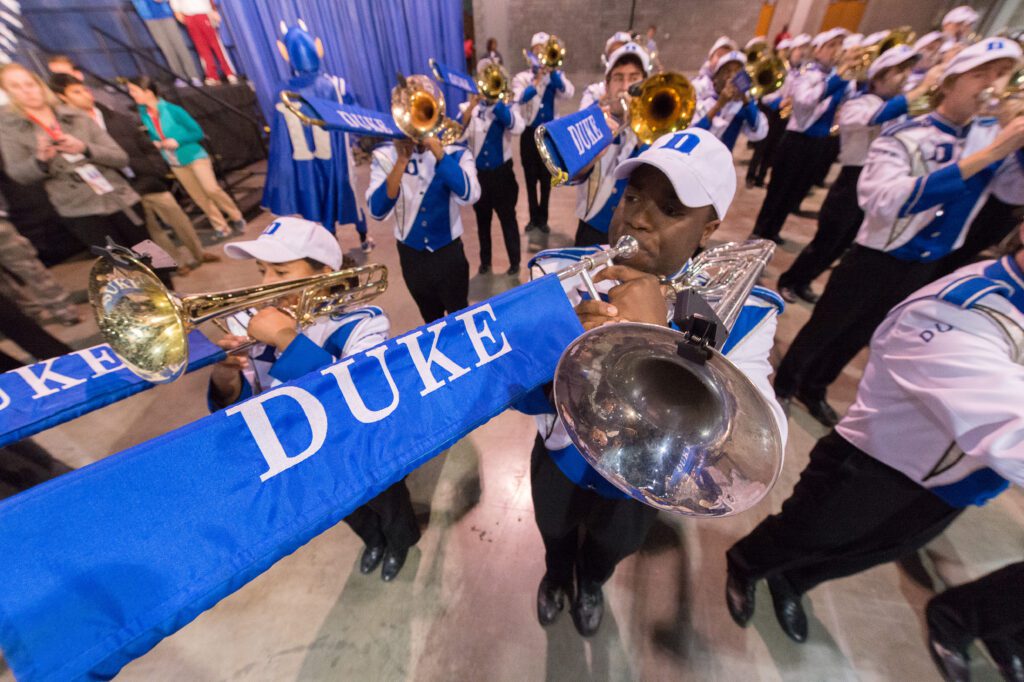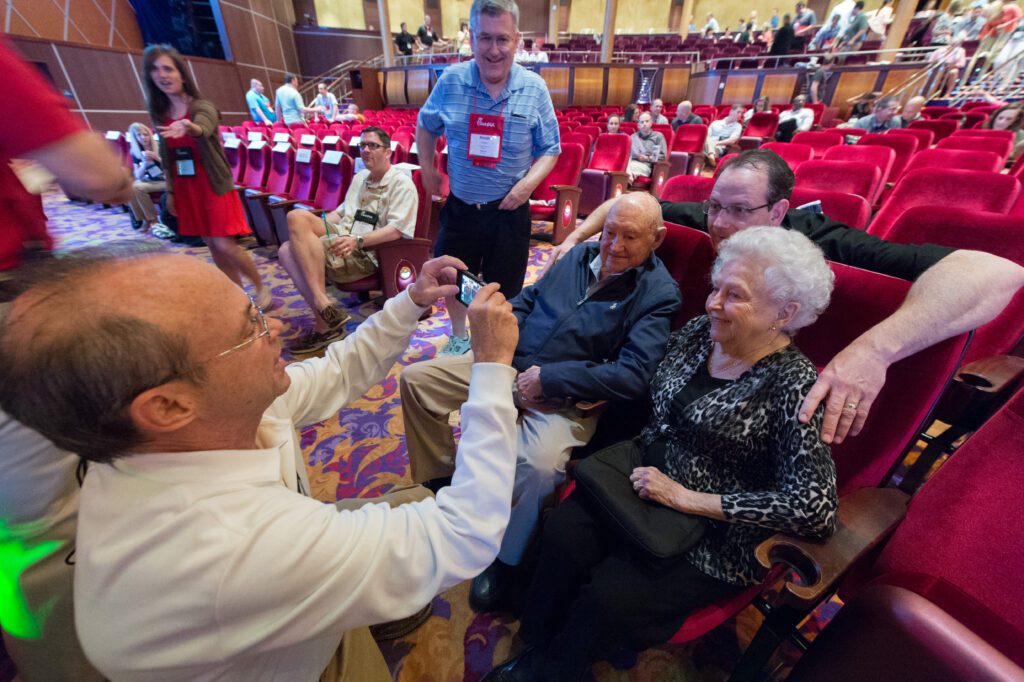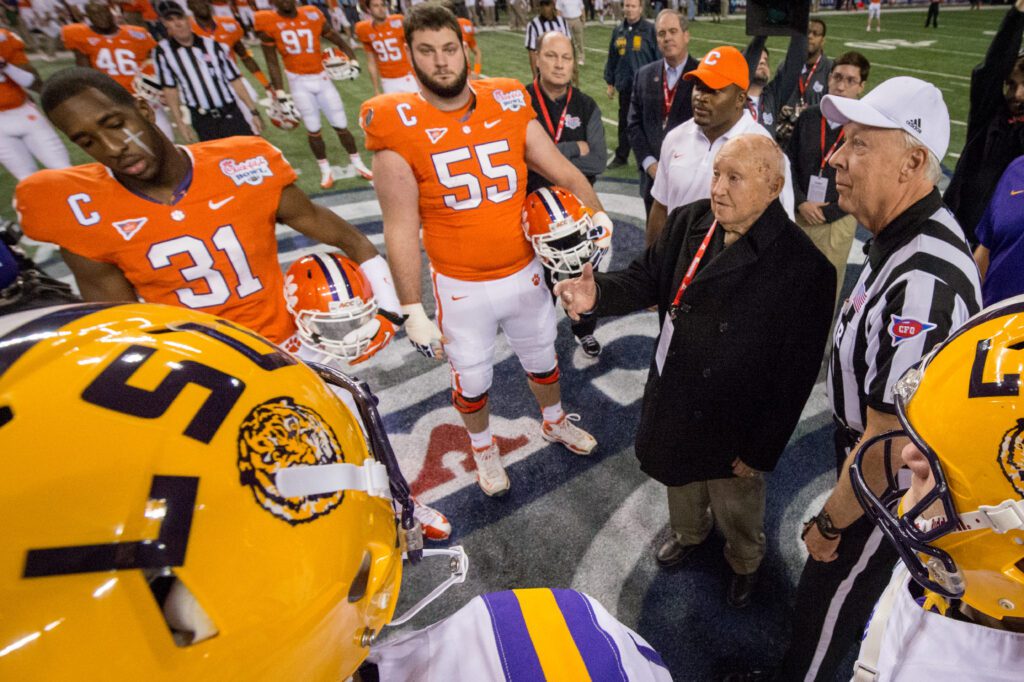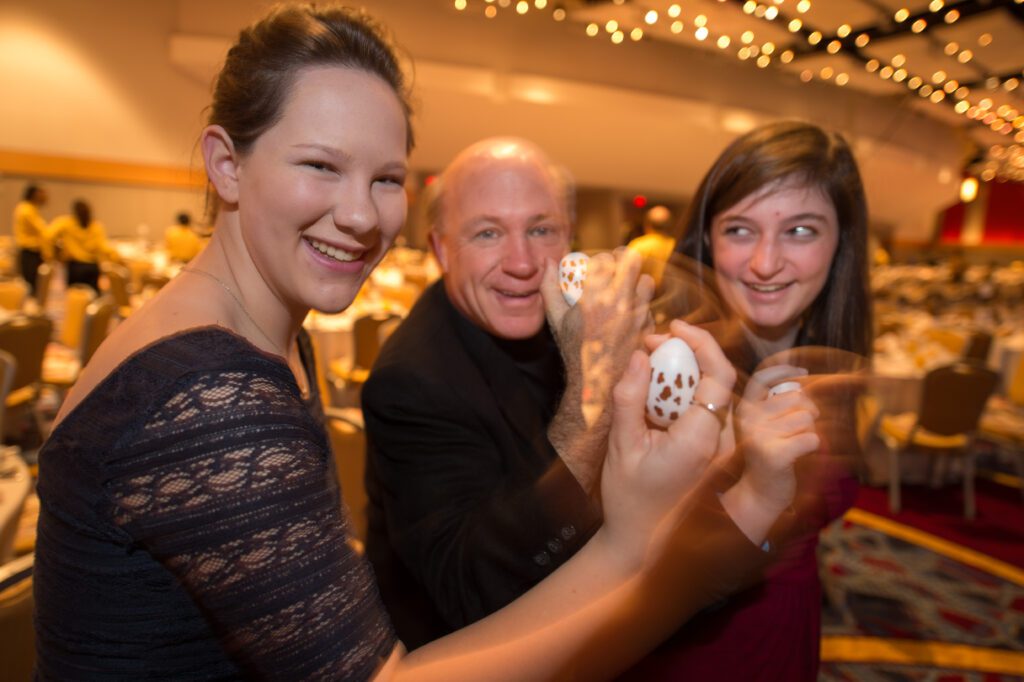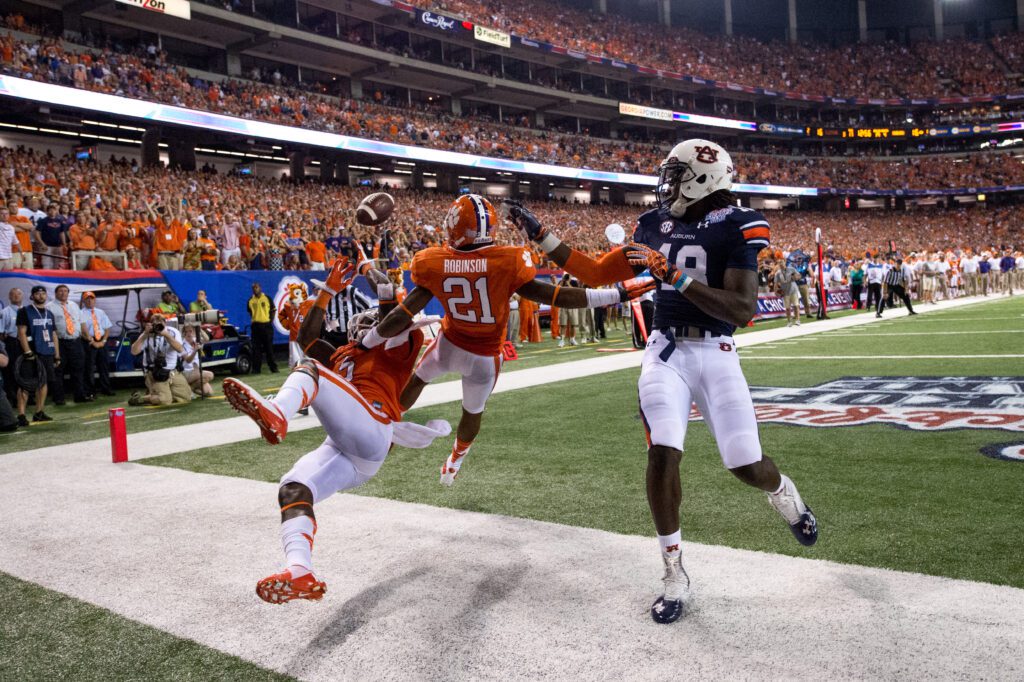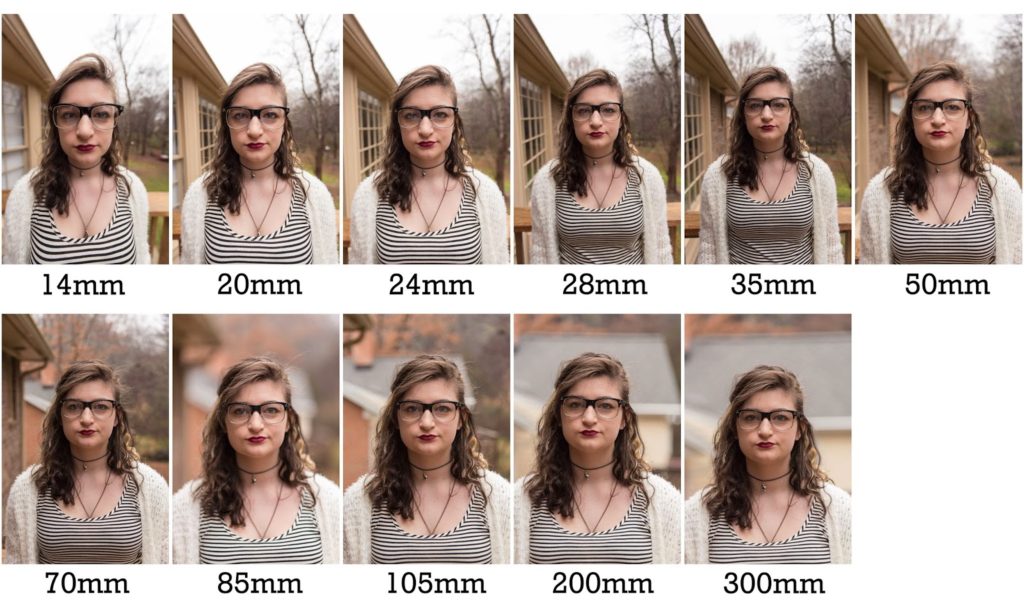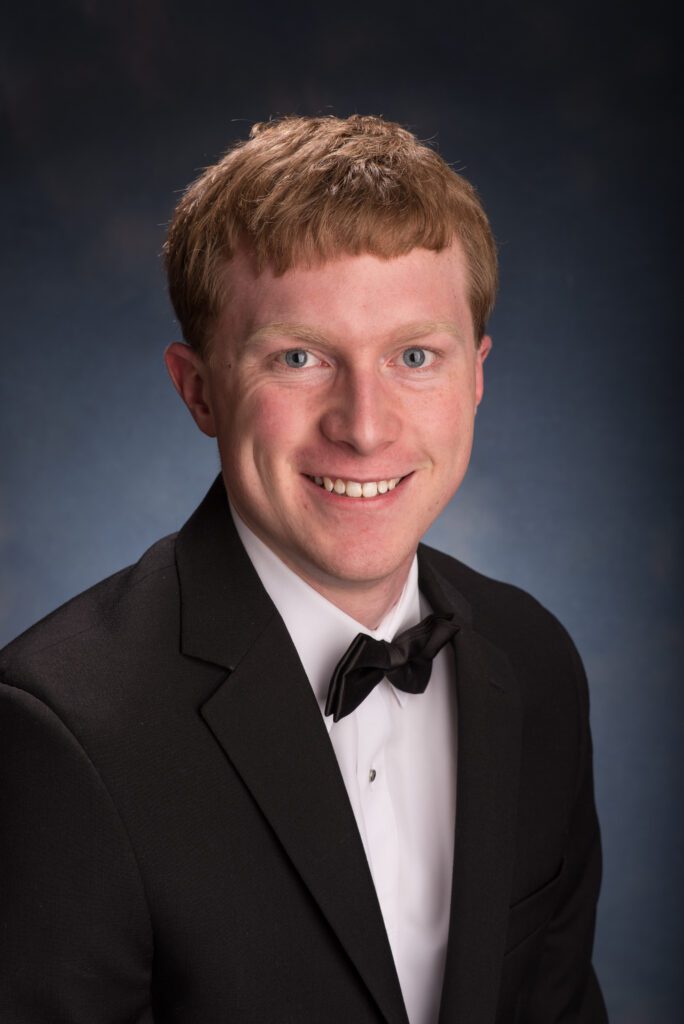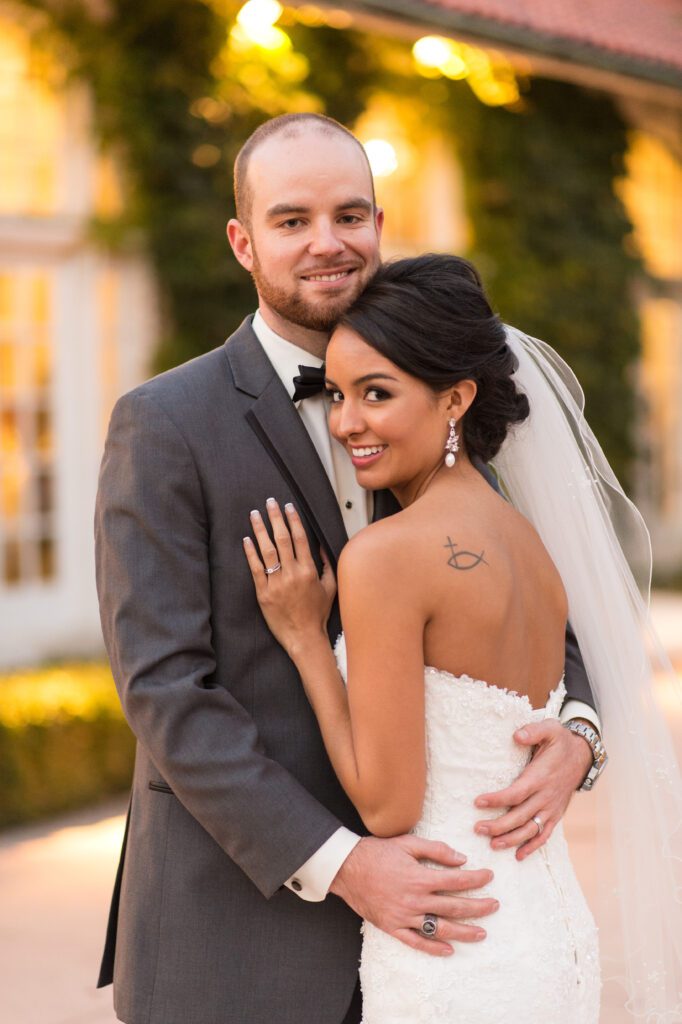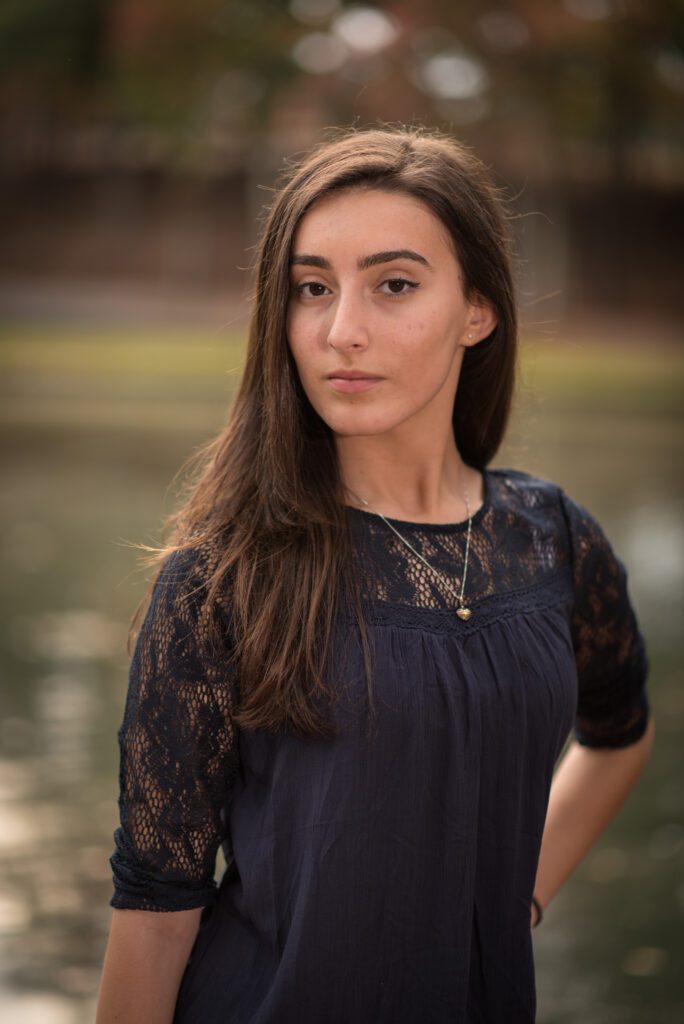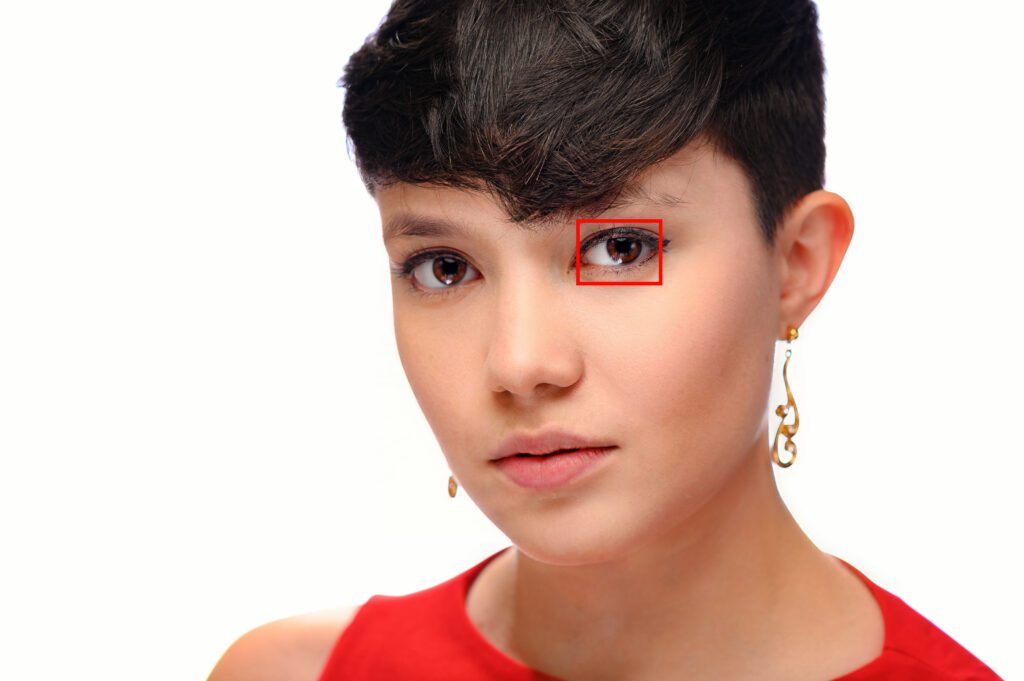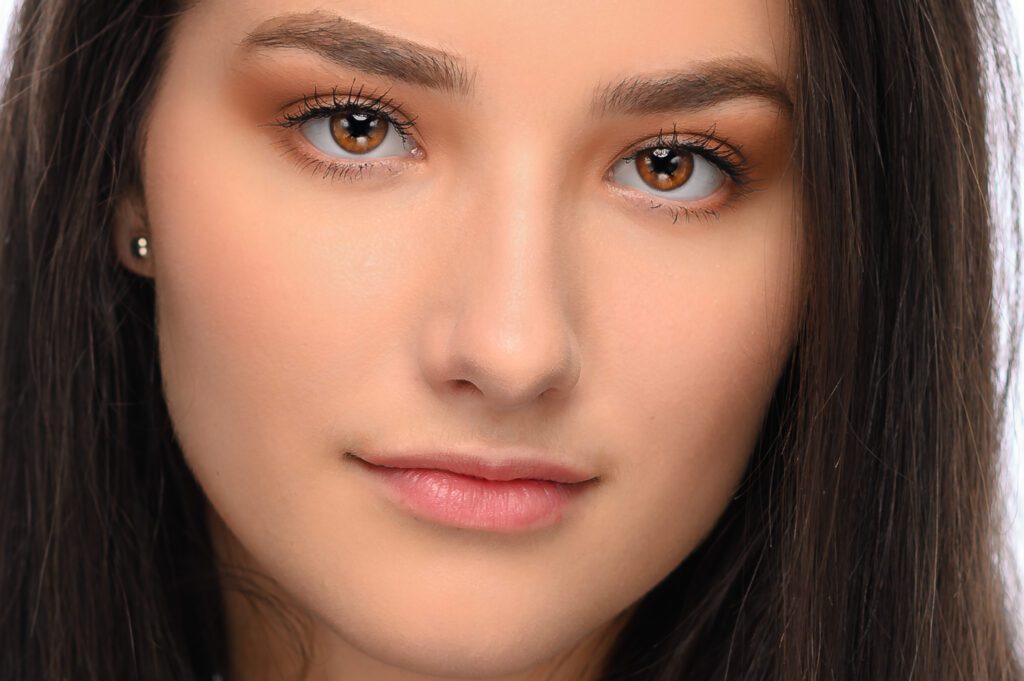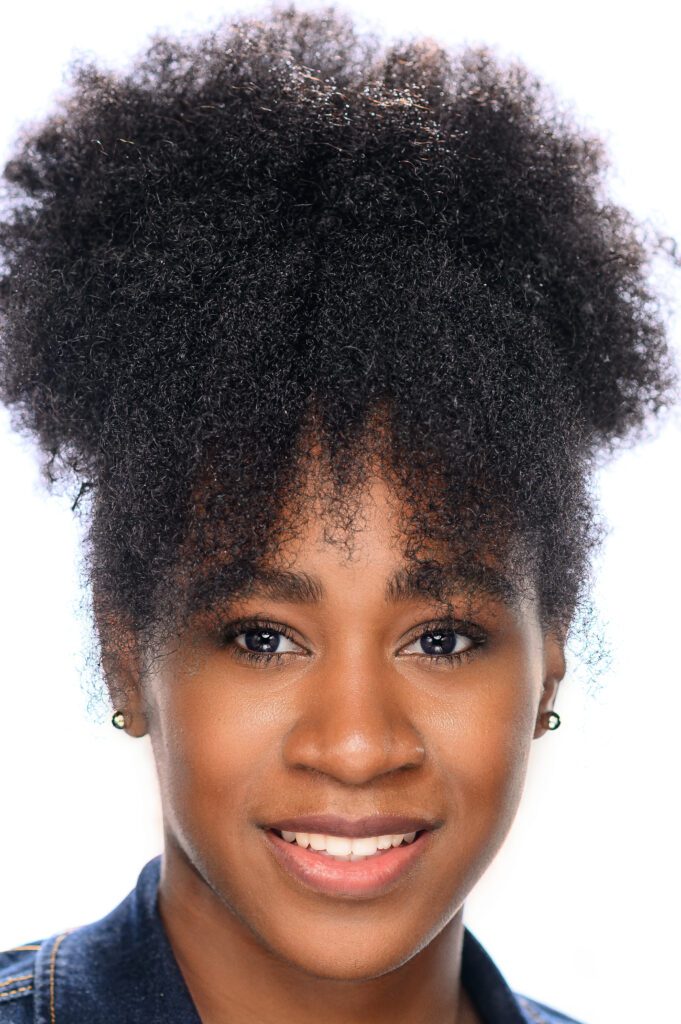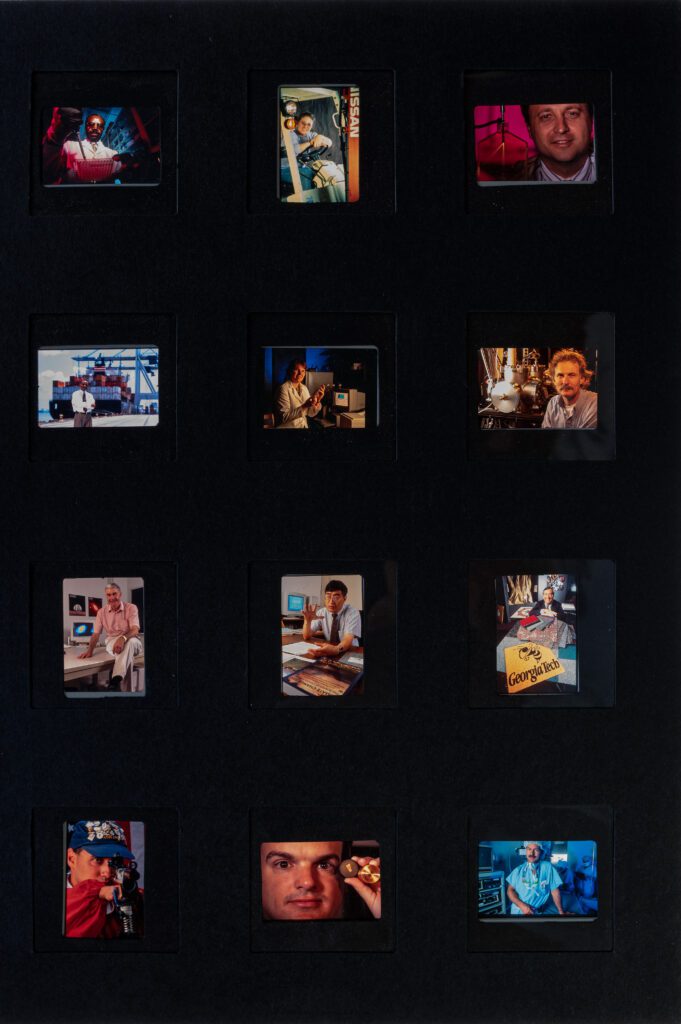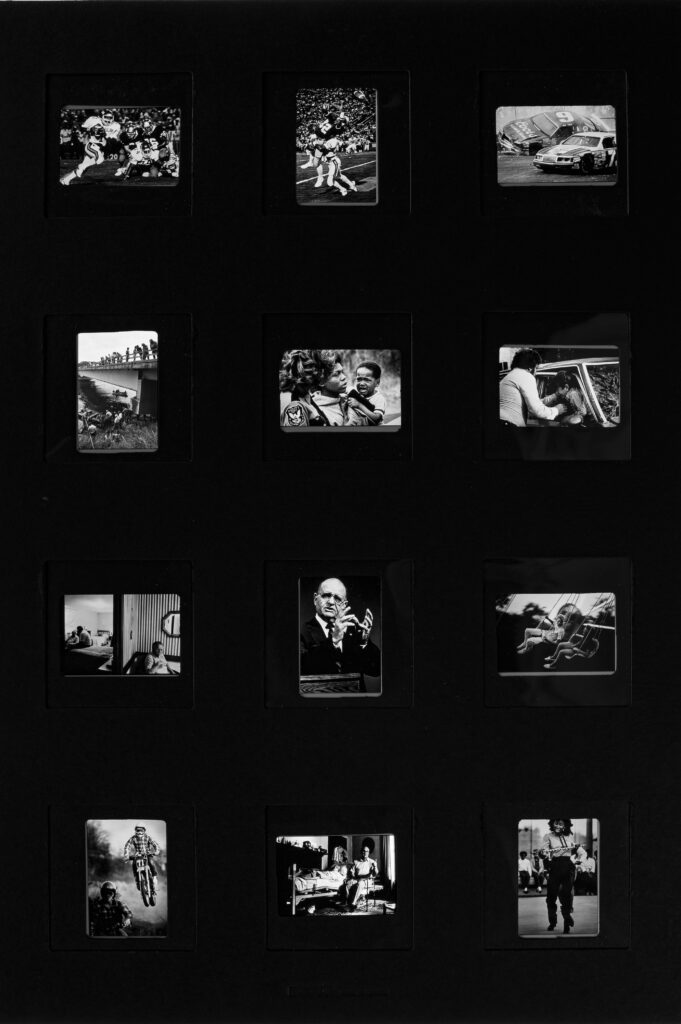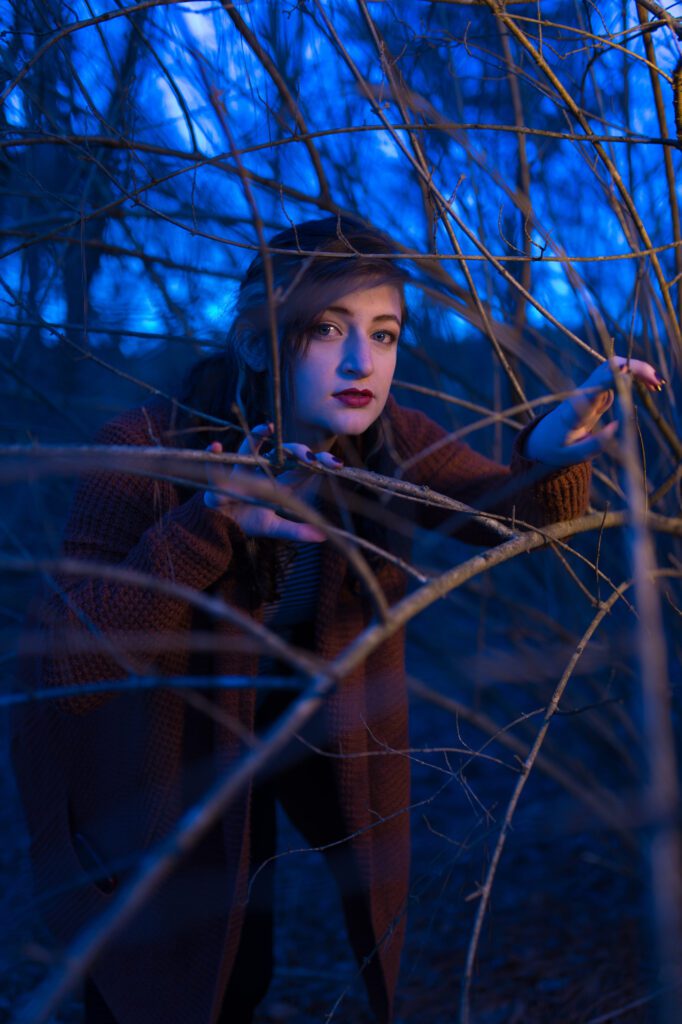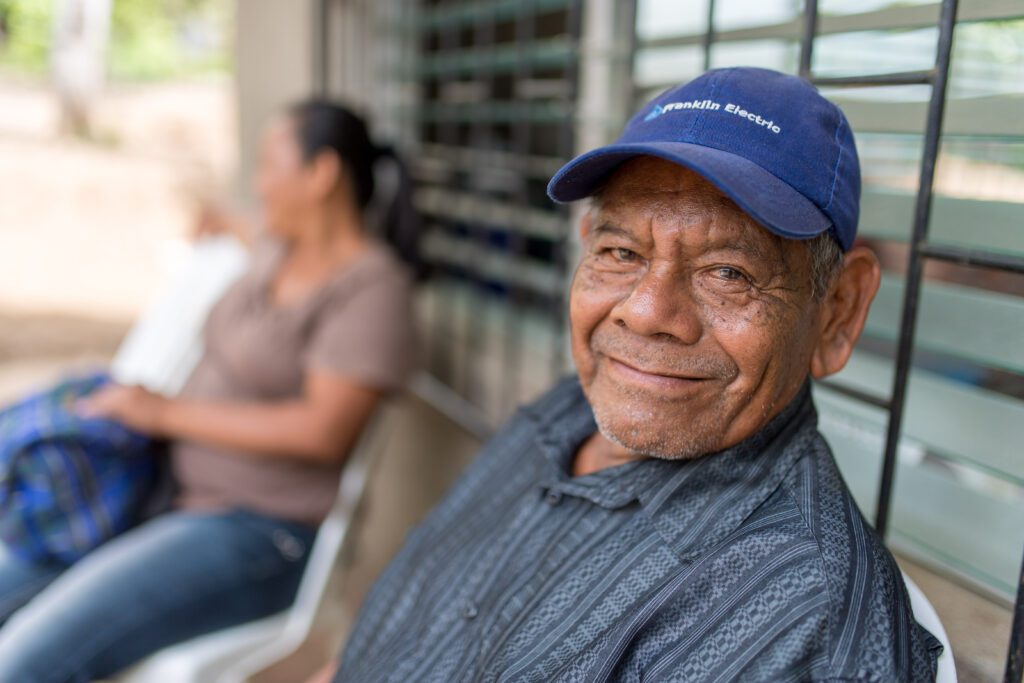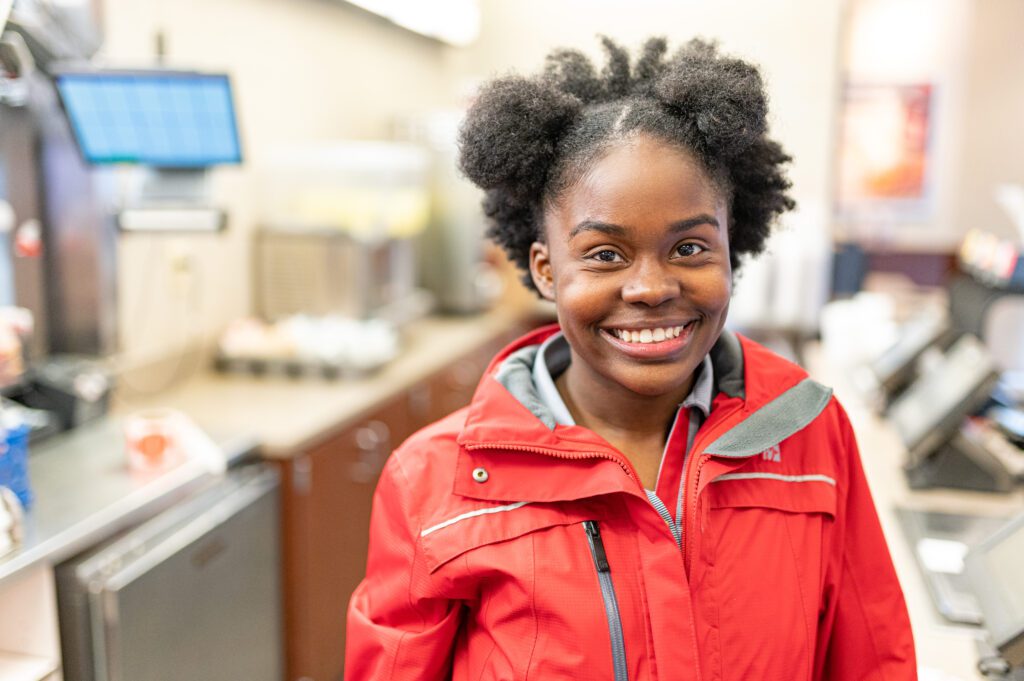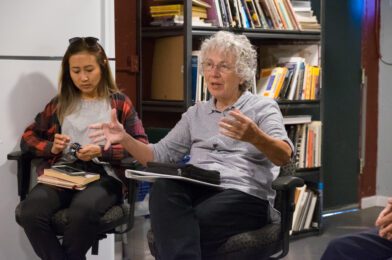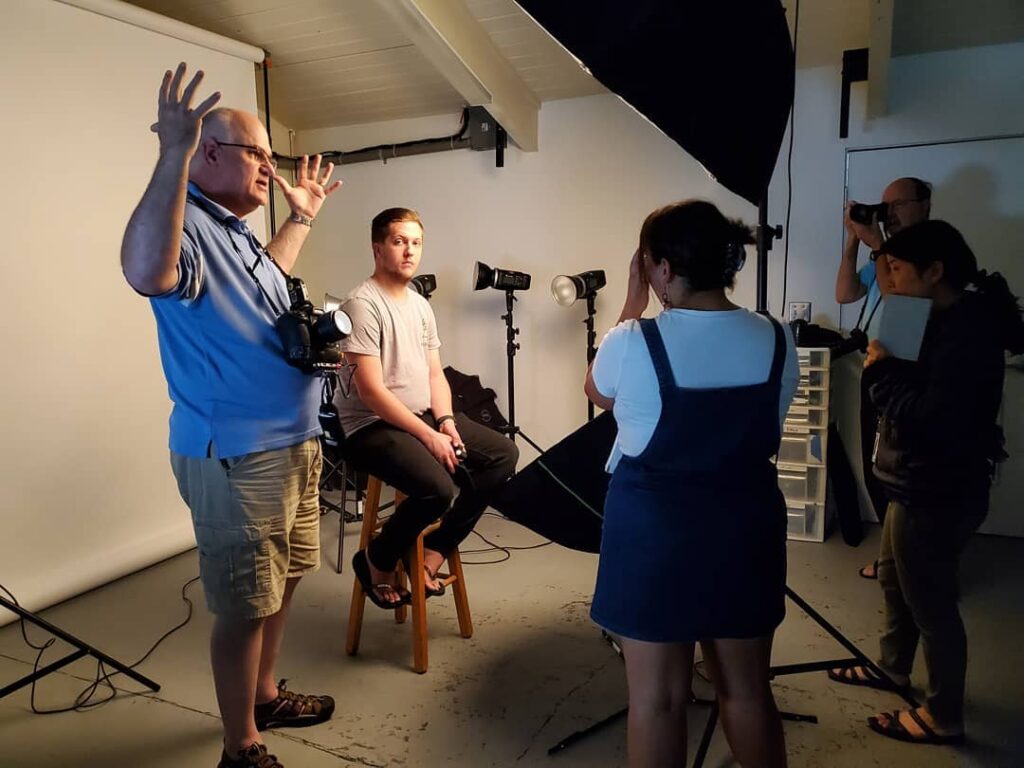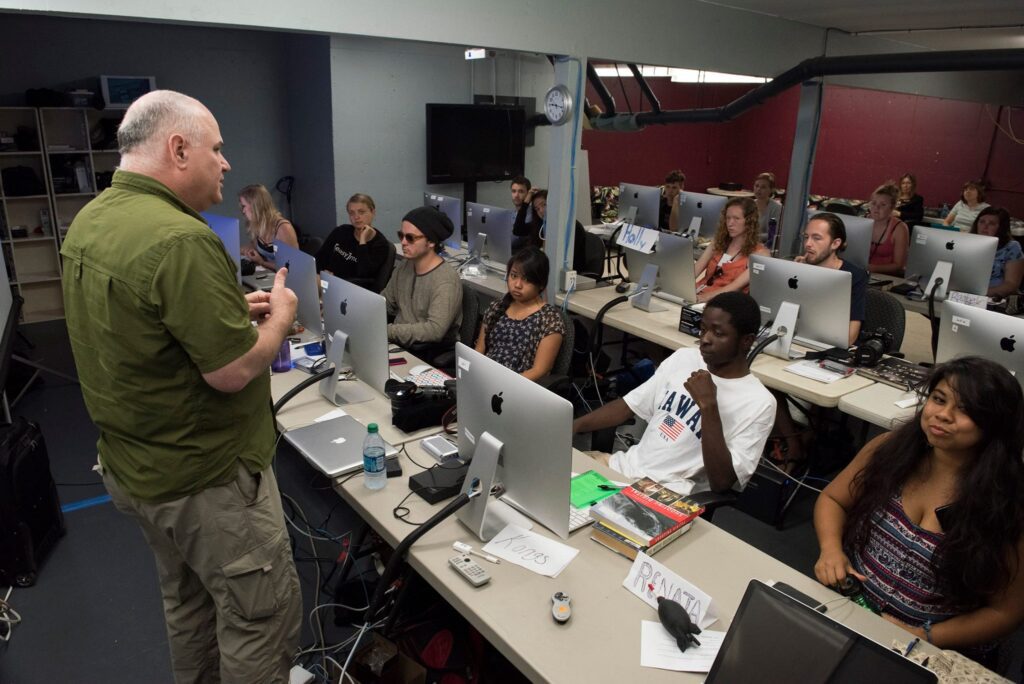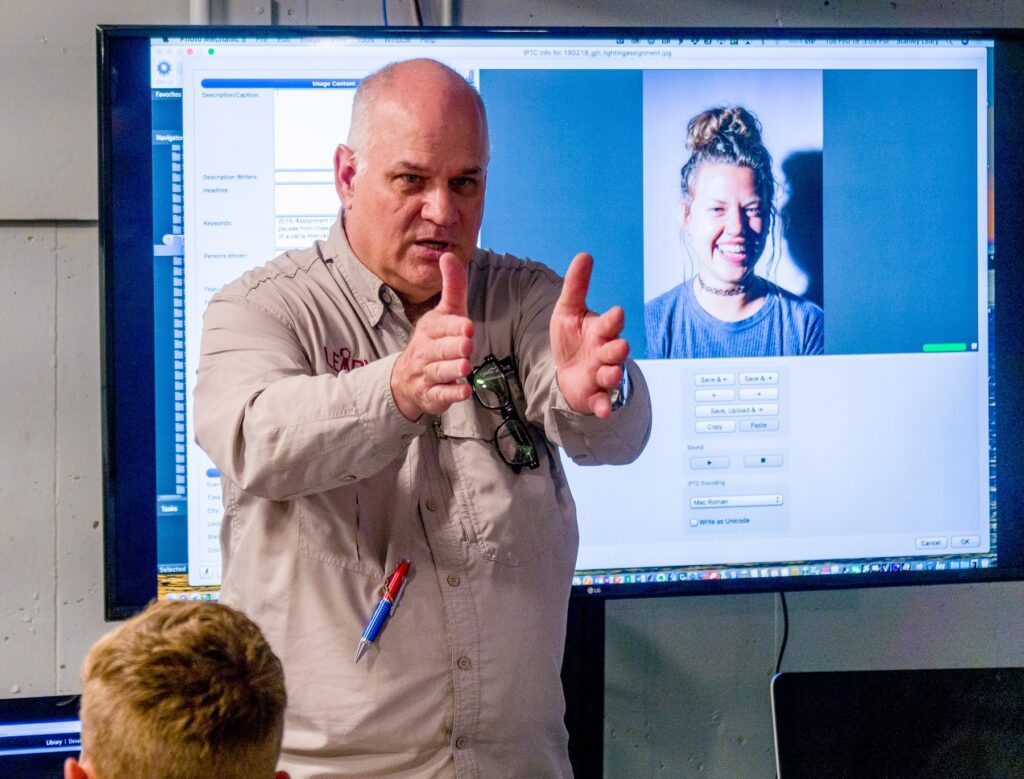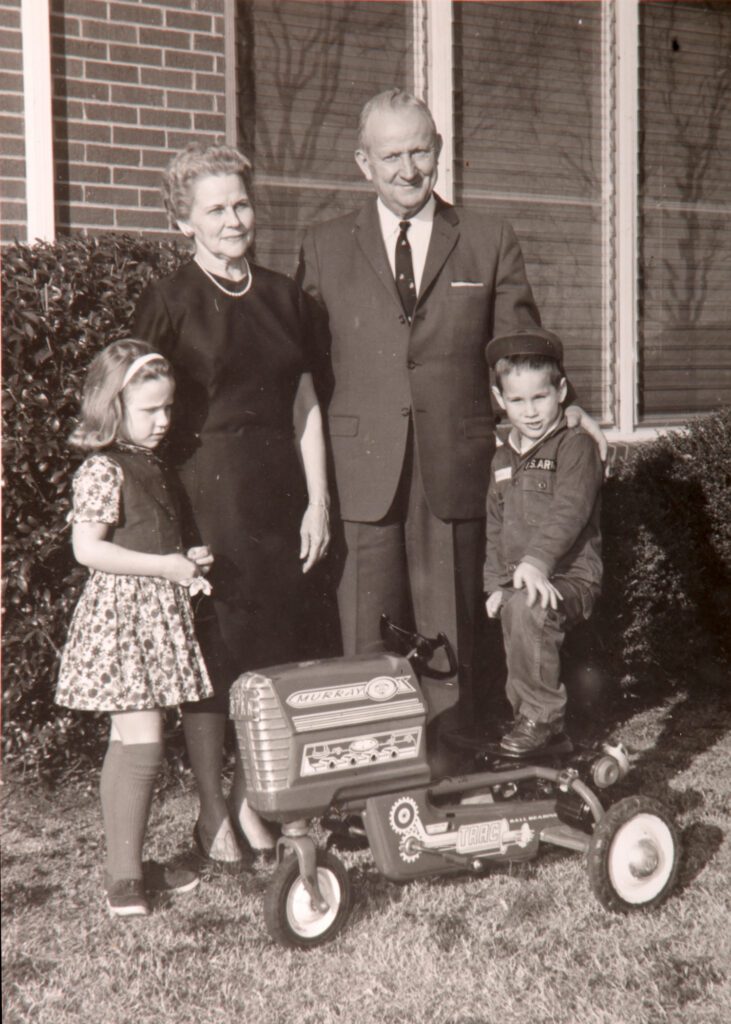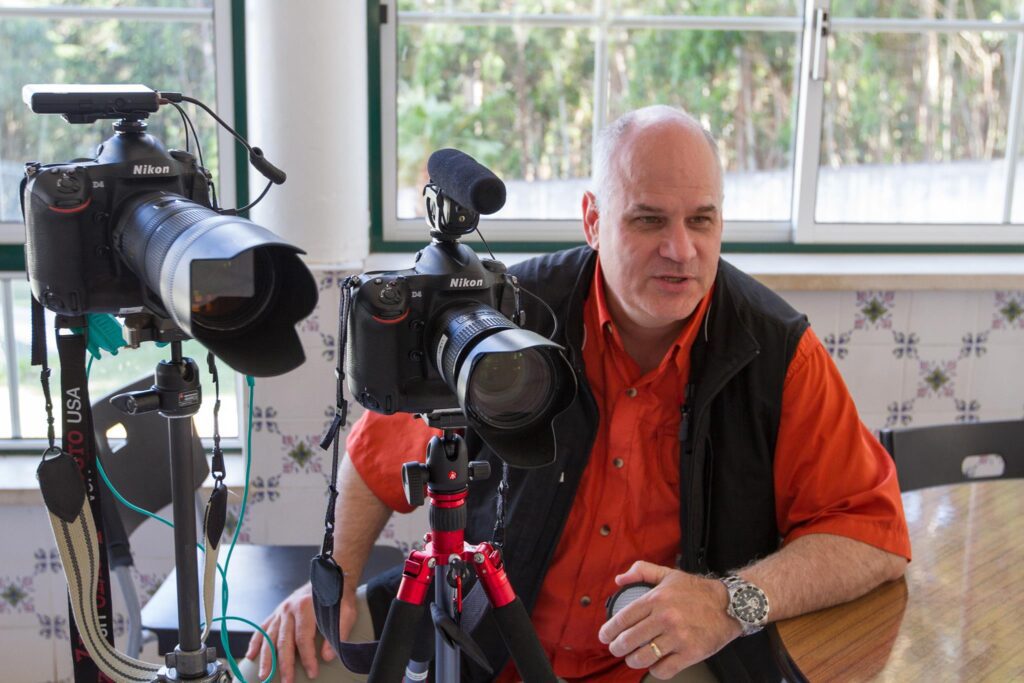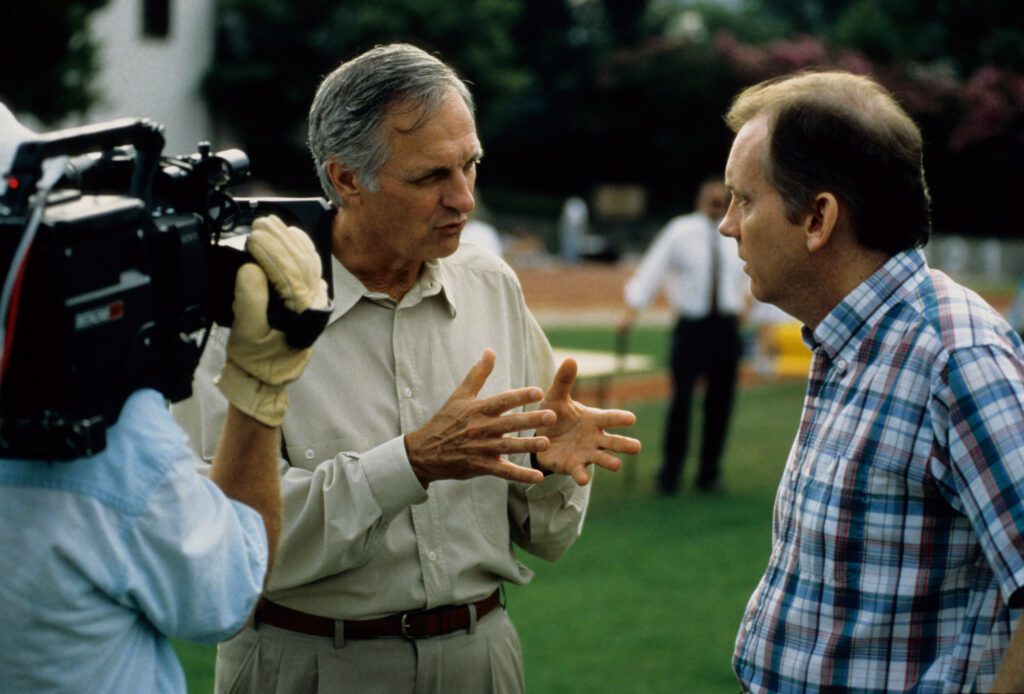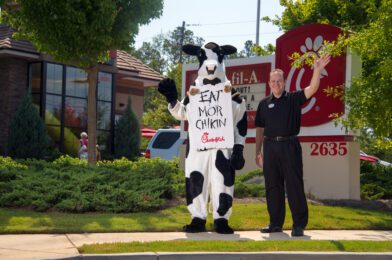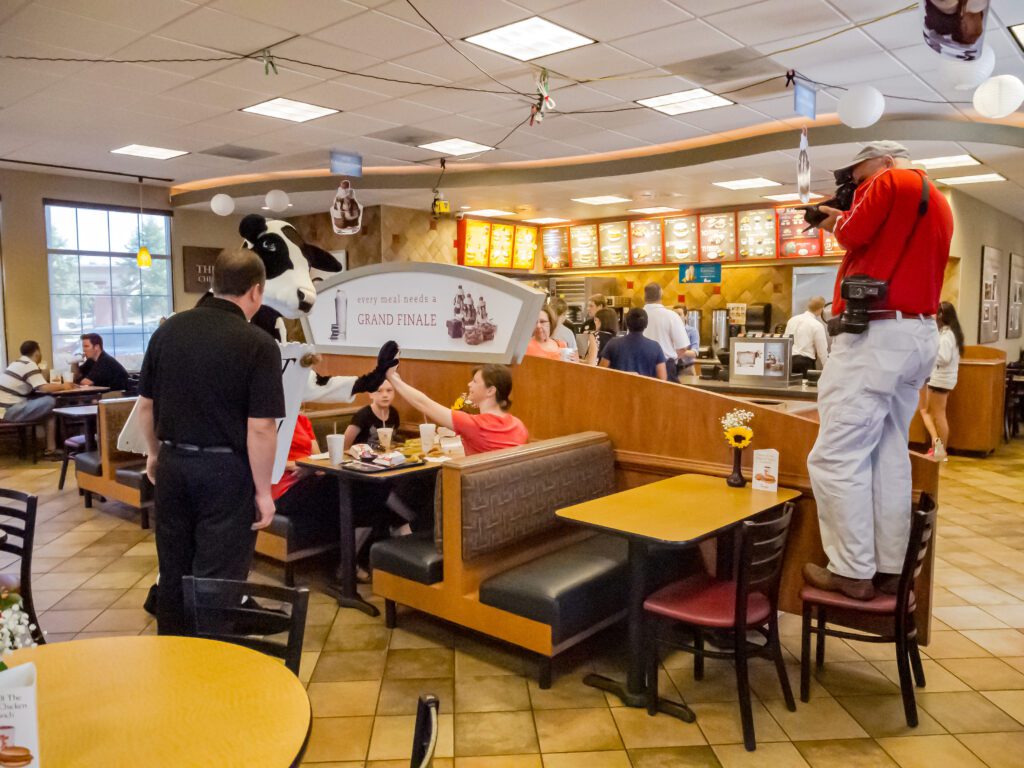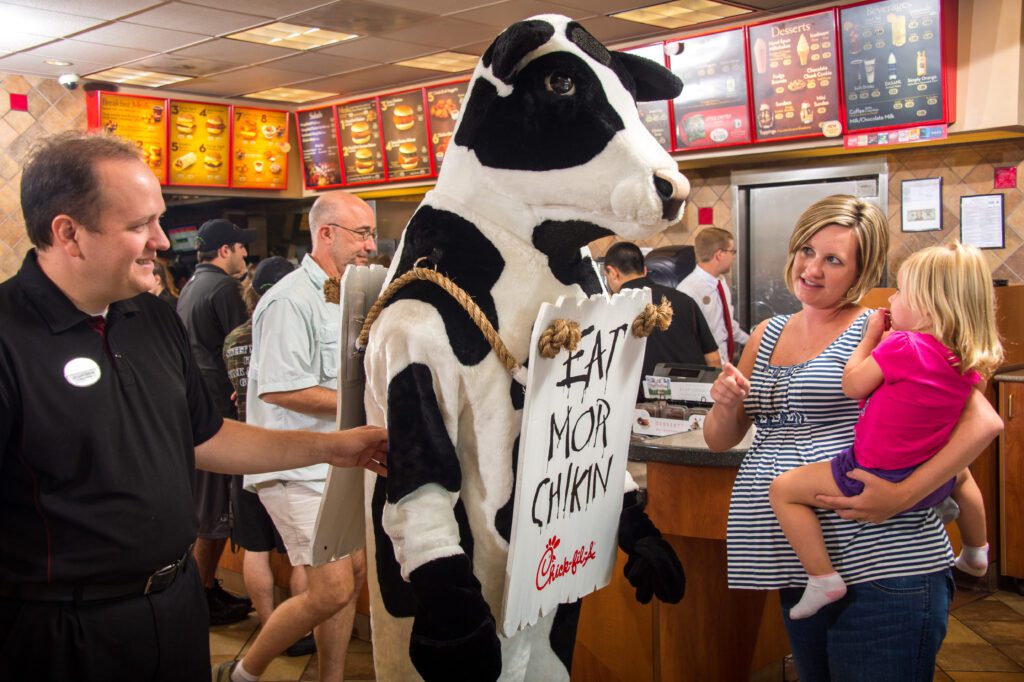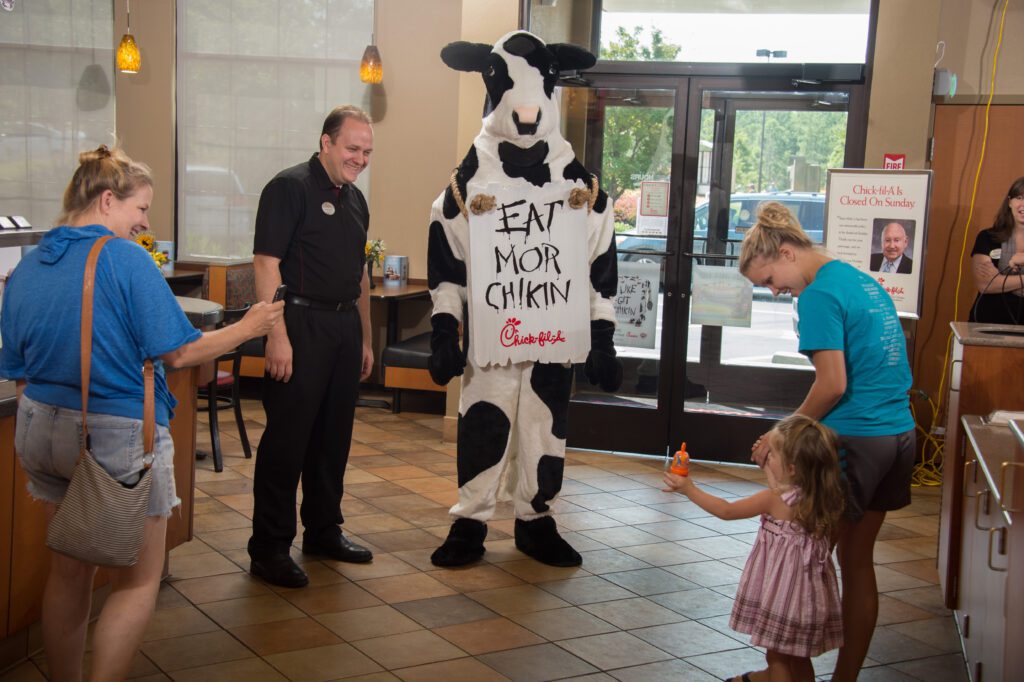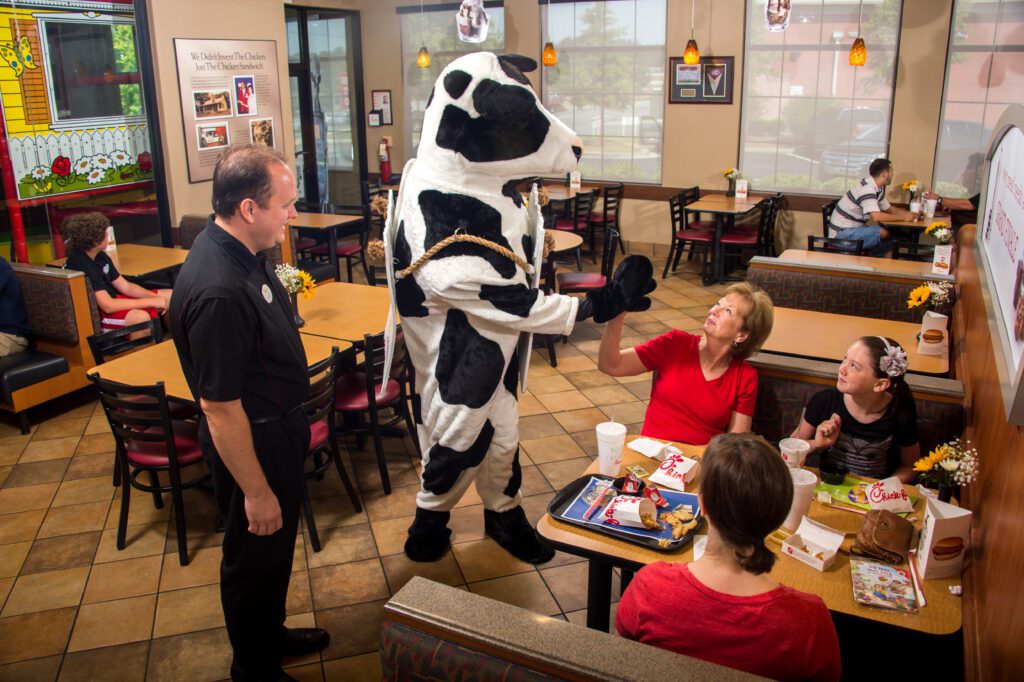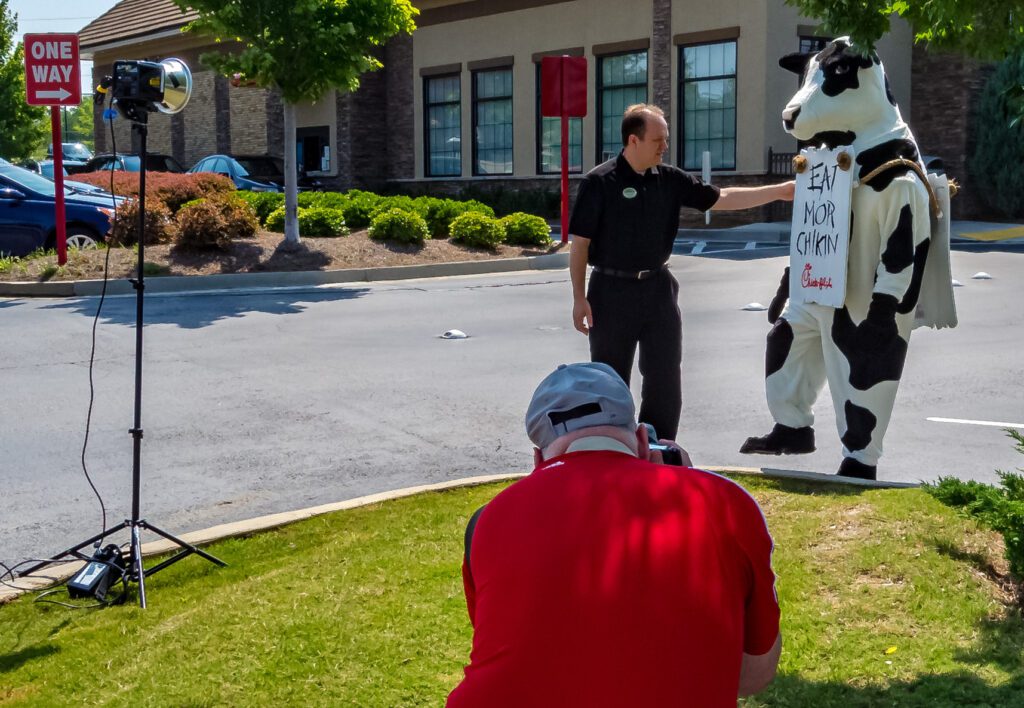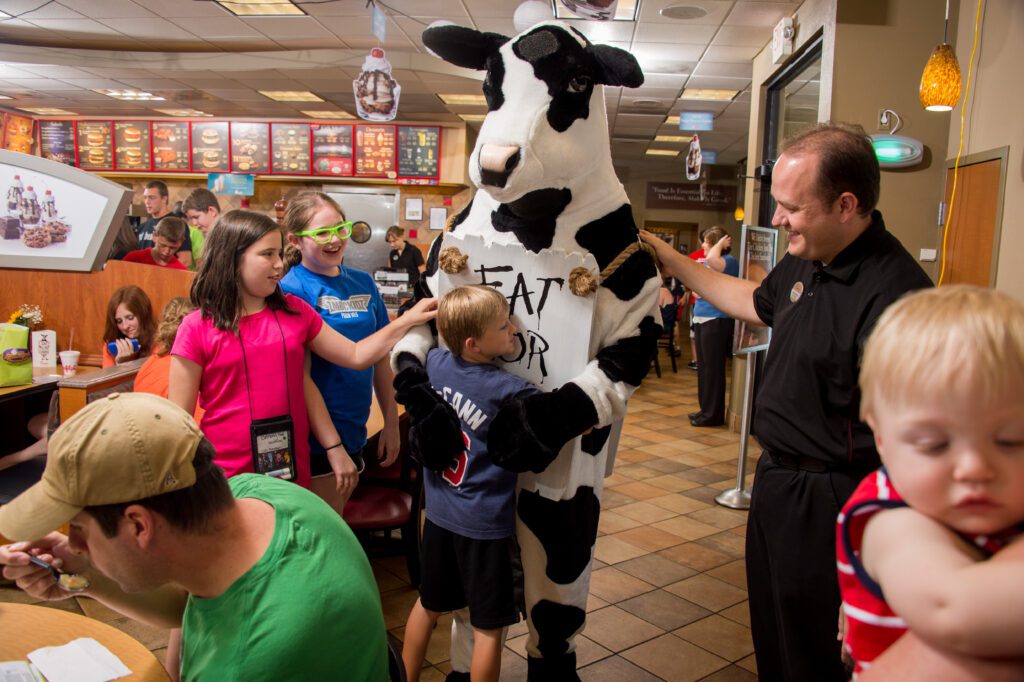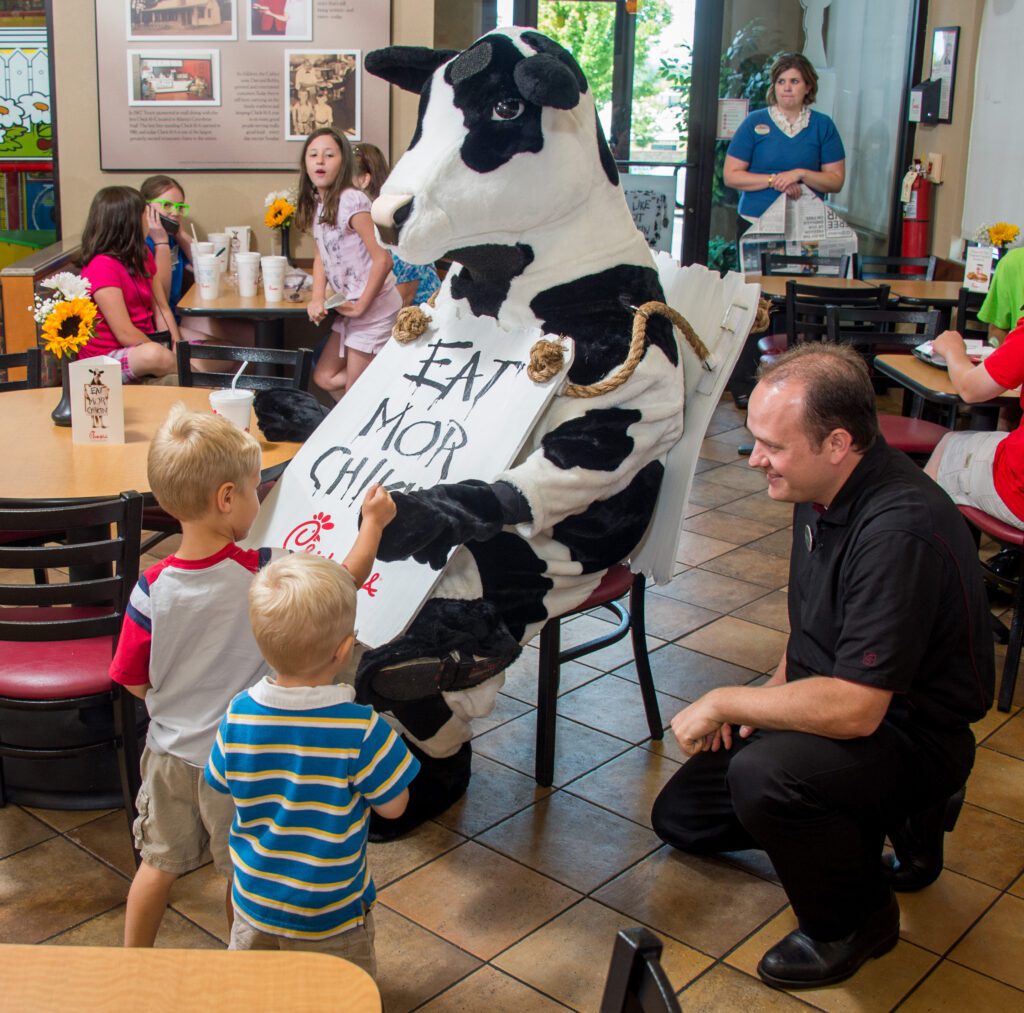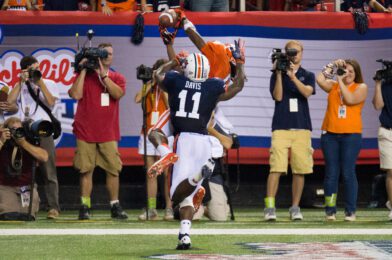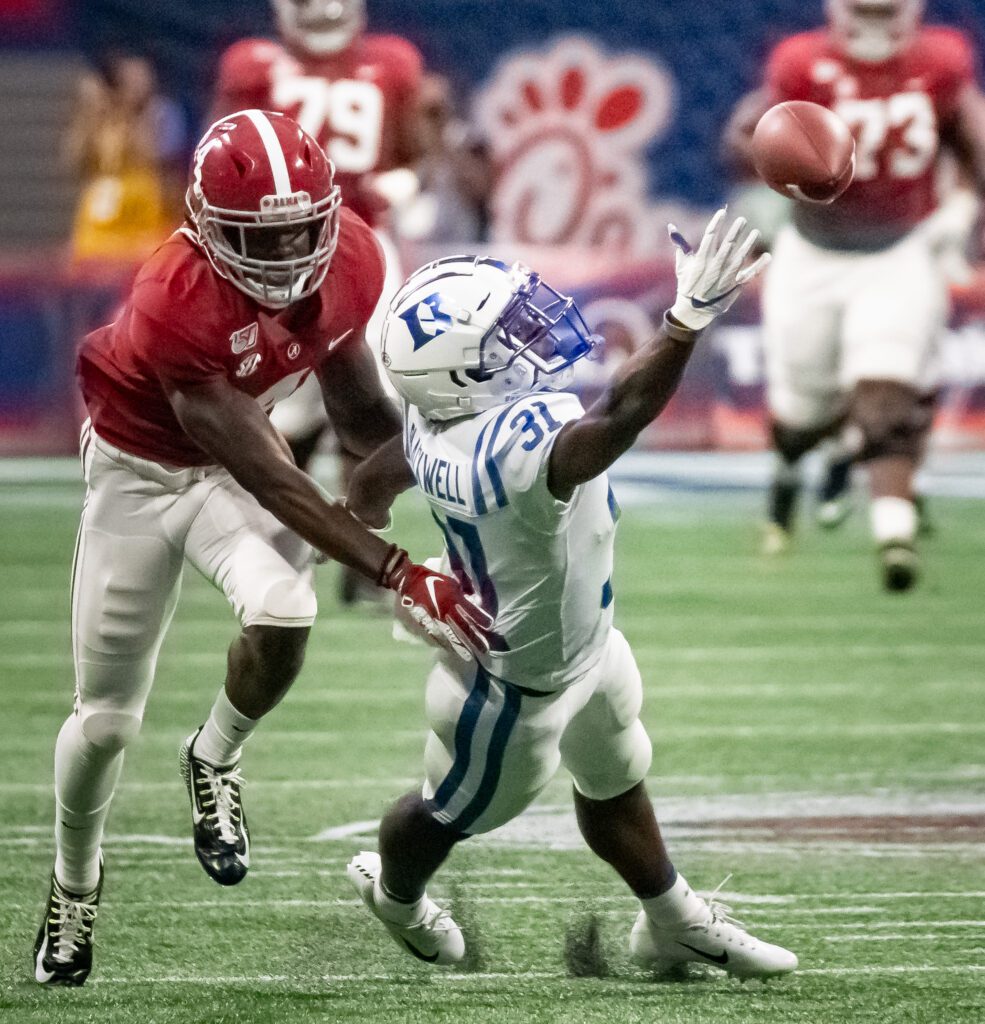Photo by Gibbs Frazeur
During the pandemic, I have taken on learning about flying a drone and just this past week jumped into using a gimbal with a camera to create a video.
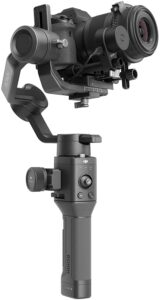
I wanted a much smoother video than I was getting without a gimbal. Now with my Nikon Z6, which has image stabilization paired with my DJI Ronin SC, I will end up with much more usable video.
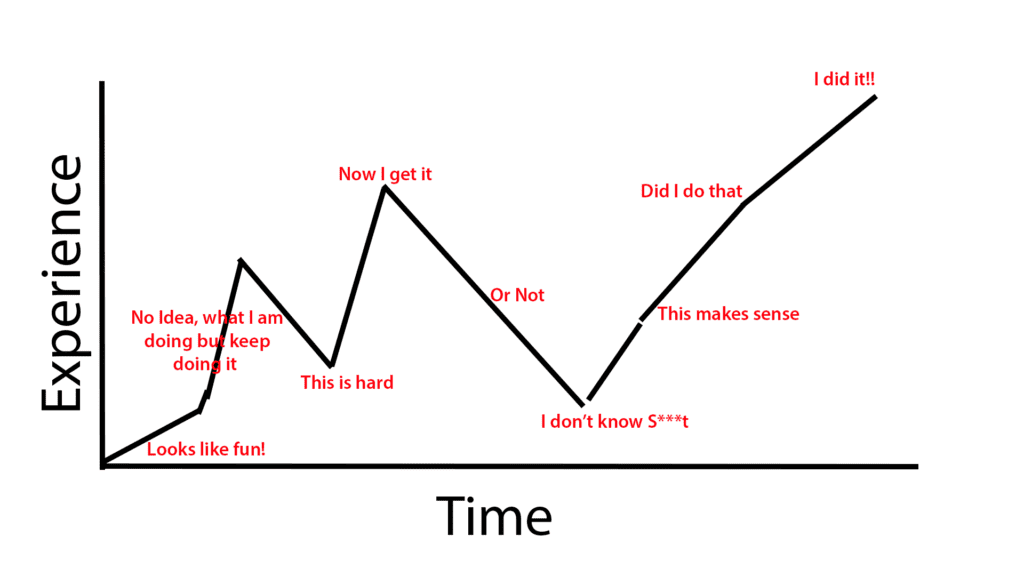
Most of us are familiar with the learning curve. As we know, it isn’t a straight path to continued success.

The cool thing these days is anything you are interested in learning about; there is most likely someone who has created a YouTube for you to understand how as well. As I was learning how to fly my drone and use the Gimbal, everyone kept saying for a more “Cinematic Look.”
Frankly, it was being tossed around so much in all the videos that I realized many people were adding their interpretation of this.

For years, the classic 4:3 (or 1.33/1.37) aspect ratio was the standard TV format of the older tube-based TVs. The more comprehensive formats (1.85 and 2.35) were seen as “movie formats,” and 4:3 was seen as a “TV format.” In the early 2000s, 16:9 (1.78) televisions hit the market masses and changed the aspect ratio game forever. No longer was widescreen a format only for film, but now it was a television format too.
Most would say that the broader format of 16:9 is a cinematic format. However, the 2:35 is the gold standard of the cinema. You may notice that many movies were shot on a Panavision camera. Most production houses rent them because they are so expensive. They created anamorphic projection lenses during the widescreen boom in the 1950s.

I was found in many of my YouTube tutorials putting an Anamorphic lens on your drone camera and then using software to stretch out the photo. All who are talking about this lens emphasized that it makes your video more “Cinematic.”
Before digital, all the movies were shot on film, and the cameras shot this at 24 frames per second or 24 fps. Since we had become accustomed to seeing this in the movies, people associated the feel of 24 fps with cinema. While now we can shoot up to 240 fps with some camera gear, it has a different look than the 24 fps.
All this is to say there are some technical things you can do to make your end product look more cinematic. A wide screen and 24 fps are the “old school” way of seeing things.
The other way “Cinematic” is used is much more subjective. Most were using this to make your work look professional and sound. Here are some tips.
Here are common things they say make your footage look amateurish:
- Jerky motion
- Crooked horizons
- Exposure
- Color Temperature
- Too long of clips
- Not enough variety of clips
- No Storyline
One key I can say will determine your success in shooting cinematically is your depth of knowledge of movies through the years. I found one thing throughout my journey in life up to now. Most all the great visual storytellers are students of the trade.
One great movie to give you a taste of what it takes to make movies and their history is the documentary “Harold and Lillian: A Hollywood Love Story.”
The best part of the movie to me was Harold was the guy creating the cinematic moments in movie history by pre-visualizing them by drawing storyboards that people like Alfred Hitchcock would use.
So when you hear people talking about something being Cinematic, they could be referring to the technical, or they could be talking about the aesthetic. I can tell you if your look at their work and it is outstanding, then you know they do know what it means to shoot cinematically. If you look at their work and it isn’t captivating, they don’t know cinema like they say they do.
If you want to be a true cinematographer, the key is to become a student of all the master cinematographers in the industry.
Just learning the terms in the industry will expose you to a palette of storytelling techniques.
Here are just some terms alone one would benefit from knowing what they mean.
| • Aerial perspective • Aerial shot • American shot • Angle of view • Bird’s eye shot • Bird’s-eye view • Boom shot • B-roll • Camera angle • Camera coverage • Camera dolly • Camera operator • Camera tracking • Close-up • Crane shot • Dolly zoom • Dutch angle • Establishing shot | • Film frame • Filmmaking • Follow shot • Forced perspective • Freeze-frame shot • Full frame • Full shot • Hanging miniature • Head shot • High-angle shot • Long shot • Long take • Low-angle shot • Master shot • Medium shot • Money shot • Multiple-camera setup •One shot (music video) | • Over the shoulder shot • Panning (camera) • Point of view shot • Rack focusing • Reaction shot • Shot (filmmaking) • Shot reverse shot • Single-camera setup • Stalker vision • Tilt (camera) • Top-down perspective • Tracking shot • Trunk shot • Two shot • Video production • Walk and talk • Whip pan • Worm’s-eye view |

